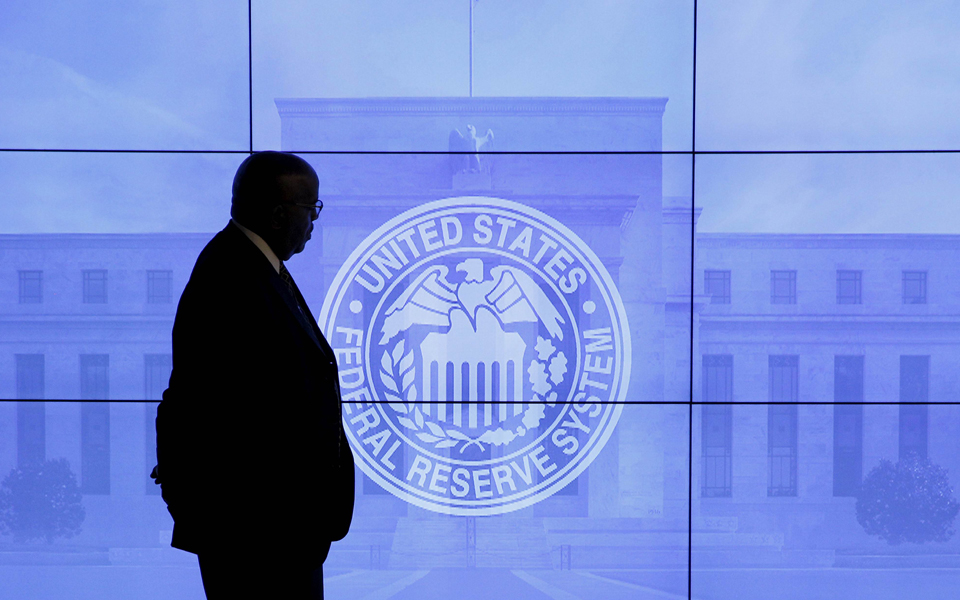Some evidence of global inflationary movements – again the Red Sea – suggests that interest rate cuts should be reconsidered. Maybe in June, Schuders says.
Investors have been anticipating an imminent cut in US interest rates, but George Brown, an economist at Schroders, says it's best not to be too optimistic: the Fed may take longer than expected to make the move.
It is true that in a period of high interest rates “the economy has proven remarkably resilient in the face of restrictive interest rates, with GDP growing by about 2.5% and non-farm wages rising.” The consumer price index fell from 5.7% to 3.9% during the same period and inflation fell. Prices are now only 2.2% higher than a year ago.
Commodity prices are expected to remain stable or even decline, even taking into account the recent unrest in the Red Sea. But what remains less certain is whether basic services will moderate or even decline growth, in line with what was happening before the rate increase.
“Given that this is the closest reversal of internal pressures on prices, it will ultimately determine if and when the Fed cuts rates this year,” the analyst says. He also insists that the inflation response will largely result from “evolution in the labor market, since it represents the biggest cost for most providers.”
George Brown says it is encouraging that significant progress has been made in rebalancing the labor market post-pandemic. “Employment intentions are gradually controlled and immigrants are replacing workers who have retired early. In addition, the number of people leaving their jobs has decreased, indicating lower labor turnover and competition per worker.
While this factor would typically accelerate moderate wage growth, this is by no means guaranteed. “Mainly because it will be an election year, which will certainly see a difference between Joe Biden and Donald Trump. The possibility of two very different outcomes can keep demand for jobs high, as companies typically forgo investing during periods of uncertainty. Alternatively, companies may choose to use the flexibility provided by the labor market to deal with fluctuations in demand.
Consequently, wage growth may remain high and productivity may be weak. “This combination will ultimately put upward pressure on unit labor costs, and thus inflation.” So while investors estimate a roughly 80% chance of a rate cut in March, “this appears to be premature as risks to inflation remain rising.”
The economist warns that it may not be long before interest rates are lowered. “Growth is expected to weaken and the labor market to normalize this year. In this context, the current political stance has become overly restrictive.
For these reasons, “we expect the first rate cut to take place in June, followed by easing at all other meetings until the end of 2024. But at the turn of the year, the data should convincingly show that restrictive interest rates are not really necessary.” , so we expect the Fed to make “cuts” throughout the year to bring interest rates back to neutral.

“Wannabe internet buff. Future teen idol. Hardcore zombie guru. Gamer. Avid creator. Entrepreneur. Bacon ninja.”

